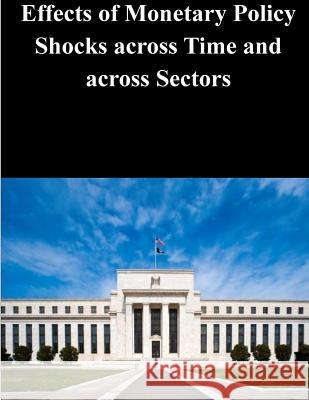Effects of Monetary Policy Shocks across Time and across Sectors » książka
Effects of Monetary Policy Shocks across Time and across Sectors
ISBN-13: 9781503231245 / Angielski / Miękka / 2014 / 32 str.
Effects of Monetary Policy Shocks across Time and across Sectors
ISBN-13: 9781503231245 / Angielski / Miękka / 2014 / 32 str.
(netto: 57,45 VAT: 5%)
Najniższa cena z 30 dni: 60,00 zł
ok. 16-18 dni roboczych
Bez gwarancji dostawy przed świętami
Darmowa dostawa!
Recent empirical research by Olivei and Tenreyro (2007) demonstrates that the effect of monetary policy shocks on output and prices depends on the shock's timing: In the United States, a monetary policy shock that takes place in the first half of the year has a larger effect on output than on prices, while the opposite is true in the second half of the year. Olivei and Tenreyro argue that this finding reflects the fact that a greater fraction of wage rates are re-contracted in the second half of the year, implying that wages (and prices) are less flexible in the first half. In this paper, I assess this explanation in light of several additional empirical results. Most importantly, I demonstrate that within-year differences in the responses of output and prices following a monetary policy shock are not more pronounced in the service-producing sector, where labor costs represent a larger fraction of total production costs. I also find that movements in prices following a monetary shock tend to lead wage changes. These and other empirical results suggest that something other than uneven wage adjustment might be responsible for the differential within-year effect of monetary policy shocks that Olivei and Tenreyro document.
Zawartość książki może nie spełniać oczekiwań – reklamacje nie obejmują treści, która mogła nie być redakcyjnie ani merytorycznie opracowana.











